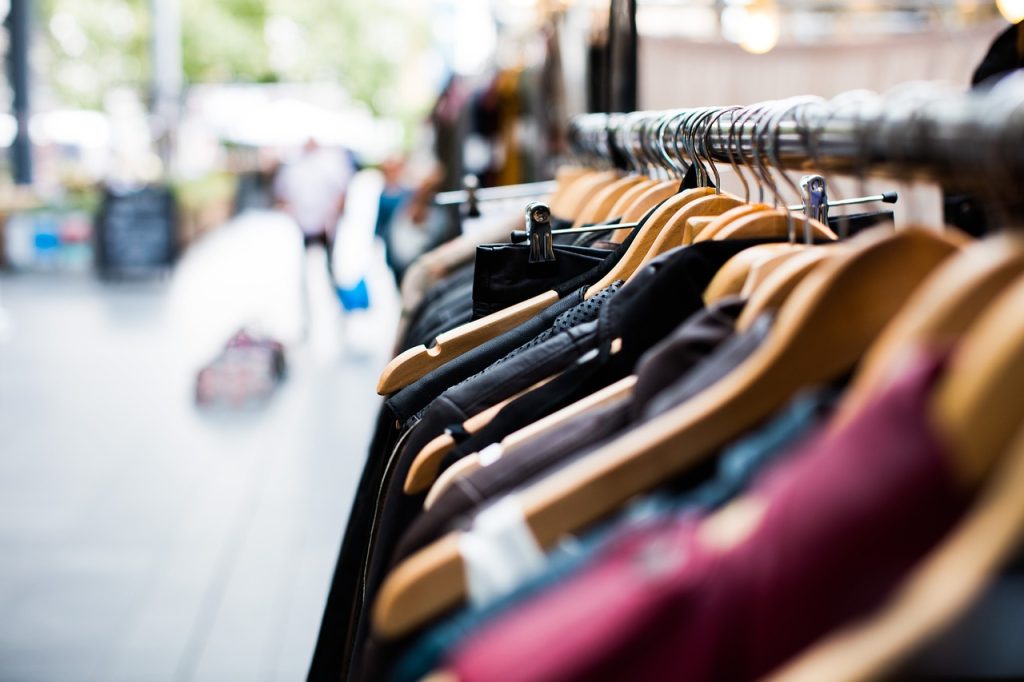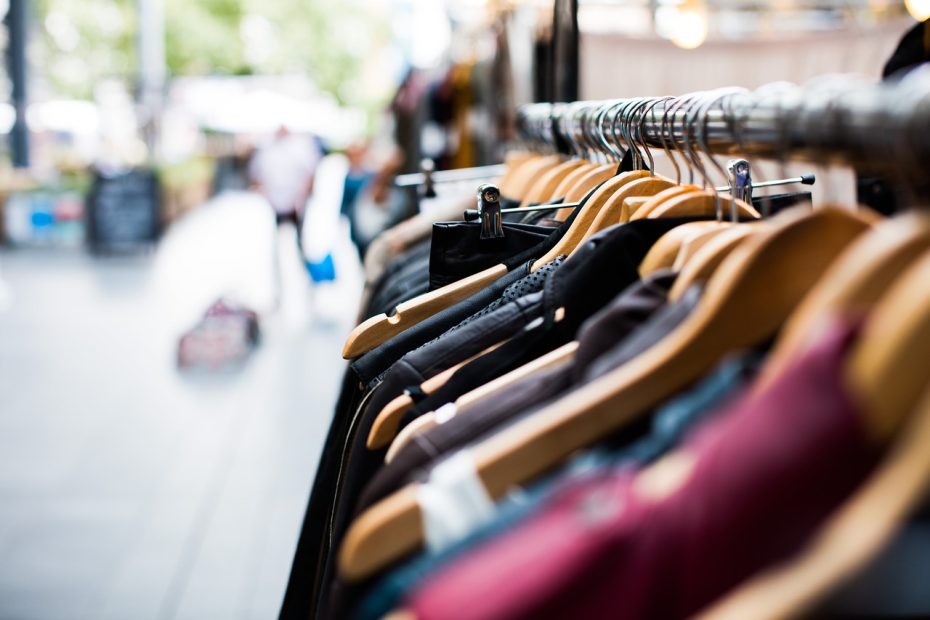How to Find Deadstock Clothing Suppliers in 2025: Finding reliable deadstock clothing suppliers in 2025 is like navigating a labyrinth of hidden gems. Picture this: dusty warehouses filled with forgotten treasures—vintage Levi’s, overproduced designer dresses, and unsold luxury fabrics. The thrill is real, but so is the challenge. It’s not just about scrolling through endless online listings; it’s about digging deeper, building trust, and understanding the pulse of the industry. Let’s dive into some practical, hands-on strategies to help you uncover those golden opportunities.

Trade Shows
Trade shows are like the Coachella of the deadstock world. They’re bustling, vibrant, and packed with potential. Imagine walking through rows of booths, each one offering a unique narrative—a supplier with overstocked Italian wool, another with vintage band tees from the ‘90s. The beauty of trade shows is the ability to see, touch, and feel the quality of the goods. You’re not just buying fabric or garments; you’re buying a story.
Take Sarah, for example. She runs a small boutique and stumbled upon a booth at a textile trade show. The supplier had overproduced high-end Italian fabrics, and Sarah snagged a deal. She turned those fabrics into a limited-edition line that sold out in weeks. That’s the magic of trade shows—they’re a playground for serendipity.
Online Marketplaces: A Double-Edged Sword
Online platforms like Faire, Alibaba, or even niche B2B marketplaces can be goldmines for deadstock. But here’s the catch: not all that glitters is gold. Scams and subpar suppliers lurk in the shadows. The key is to approach these platforms with a detective’s mindset. Verify suppliers, read reviews, and always—always—request samples before committing to a large order.
Mark learned this the hard way. He ordered a batch of vintage denim from an online supplier, only to receive inconsistent sizes and poor-quality fabric. The lesson? Trust, but verify. A little due diligence can save you from costly mistakes.
The Art of the Casual Conversation
Sometimes, the best leads come from the most unexpected places. Networking isn’t just about formal events; it’s about keeping your ears open wherever you go. Strike up a conversation at a local café, join industry-specific Facebook groups, or attend small meetups. You never know when someone might casually mention their cousin who works at a textile mill with a surplus of silk scarves.
Word of mouth is still one of the most powerful tools in this industry. A single conversation can open doors to suppliers you’d never find through a Google search.
The Bold Move
When learning how to find deadstock clothing suppliers in 2025, one of the most effective strategies is to reach out directly to brands or manufacturers. Many companies have surplus stock sitting in their warehouses, often overlooked and waiting for a second chance. These brands are usually more than willing to sell their excess inventory at a discount. It’s a win-win: they clear space, and you get high-quality goods at a fraction of the cost.
Here’s how it works: imagine crafting a thoughtful email to a luxury brand, inquiring about their unsold inventory from a past collection. To your delight, they respond enthusiastically, thrilled to offload their surplus silk scarves. You score a deal, and your customers gain access to premium pieces that feel exclusive and special. It’s a bold strategy, but it pays off.
This approach is a cornerstone of how to find deadstock clothing suppliers in 2025. By being proactive and building direct connections, you not only unlock unique inventory but also establish relationships that can lead to future opportunities. Don’t hesitate to take that first step—your next big find could be just one email away.
The Deadstock Advantage
In 2025, sustainability isn’t just a buzzword—it’s a movement. Deadstock clothing is inherently sustainable, offering a way to reduce waste and breathe new life into forgotten garments. Consumers are increasingly drawn to brands that align with their values, and deadstock is a perfect fit.
Think about it: when a customer buys a vintage jacket, they’re not just buying a piece of clothing; they’re buying into a story. They feel good knowing they’re reducing their environmental footprint. This emotional connection is a powerful selling point for your business.
Building Relationships: The Heart of the Business
In the world of deadstock, relationships are everything. Treat your suppliers with respect, pay on time, and communicate clearly. A strong relationship can lead to exclusive deals, early access to new stock, and even insider tips on upcoming trends.
For instance, if you’ve built a good rapport with a supplier, they might give you a heads-up about a batch of vintage leather jackets before it hits the market. You get first dibs, and your customers get something truly special.
Leveraging Technology: Your Digital Toolkit
Technology can be a game-changer in your search for deadstock. Use inventory management tools to track stock levels and streamline orders. Explore B2B platforms that specialize in deadstock, and don’t underestimate the power of social media. Follow brands and suppliers on Instagram and LinkedIn, and join relevant groups where industry insiders share tips and leads.
The Future of Deadstock?
The deadstock market is evolving rapidly. In the coming years, expect to see more transparency and traceability. Blockchain technology could play a role in verifying the authenticity and origin of garments, while AI-powered tools might help identify and categorize deadstock inventory more efficiently.
The future is bright for businesses that embrace these changes. By staying ahead of the curve, you can position yourself as a leader in the sustainable wholesale fashion trends.
Final Thoughts
I have tried to cover the topic: How to Find Deadstock Clothing Suppliers in 2025? you can leave comments if you need any other information regarding topic. Well sourcing deadstock is an art and It’s about blending traditional methods—like trade shows and networking—with modern tools and technologies. But above all, it’s about building genuine relationships and staying true to your values. The deadstock market is a treasure trove waiting to be explored, and with the right approach, you can uncover pieces that tell a story, resonate with your customers, and set your business apart.
Related: Guide on Starting Fashion and apparel reselling business
